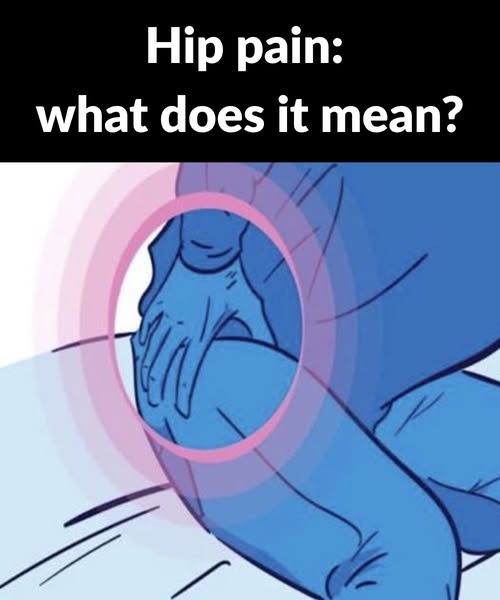Does bending over to tie your shoes feel tougher than it used to? Are stairs starting to seem like an uphill battle, or does morning stiffness stick around longer every day? These subtle signals could point to hip wear and tear—an issue that’s no longer limited to older adults. In fact, more people are noticing hip discomfort as early as their mid-30s and 40s.
What Does “Hip Wear and Tear” Really Mean?
When doctors talk about a “worn” hip, they’re usually referring to the gradual breakdown of articular cartilage—the smooth tissue that cushions your hip joint and keeps your bones from grinding together. As this cartilage wears away, movement gets harder, friction increases, and pain or stiffness often sets in. This is the hallmark of hip osteoarthritis (also called coxarthrosis).
Why Do Hips Wear Out?
It’s often a mix of factors, including:
-
Genetics: Some families are simply more prone to joint issues.
-
Excess weight: Every extra pound puts more pressure on your hips.
-
Physical jobs or repetitive sports: Heavy lifting, lots of squats, or repetitive motion can speed up joint wear.
-
Previous injuries: Fractures, dislocations, or past joint diseases raise your risk.
Warning Signs to Watch For
-
Morning stiffness that gets better as you move
-
Hip pain when walking, using stairs, or getting up from a chair
-
Trouble bending over or putting on shoes
-
Clicking, rubbing, or cracking sensations in the joint
-
Pain that radiates to the groin, thigh, or knee
-
Muscle weakness, balance problems, or pain at night
You Can Take Action—Even If Your Hip Is Worn
Catching these changes early can help slow the progression and make daily life more comfortable. Here’s how:
1. Manage Pain Wisely
Use paracetamol or anti-inflammatory medications as recommended by your healthcare provider. Don’t rely on painkillers alone—find the root cause.
2. Keep Moving (But Choose Wisely)
Opt for joint-friendly activities like swimming, cycling, or gentle walks on level ground. Physical therapy can help strengthen the muscles that support your hip and maintain flexibility.
3. Reduce Pressure on the Joint
Losing just a few pounds can make a real difference for your hips. Even small changes in weight add up to less strain and less pain.
4. When Pain Is Persistent
If discomfort keeps you from enjoying life, modern surgical options like hip replacement can restore mobility. The good news? More than 90% of patients enjoy better movement for 10 to 15 years after the procedure.
The sooner you notice the signals and take action, the easier it is to keep your hips (and your lifestyle) on track. Sometimes, all it takes is a little extra attention to keep moving as you were.
